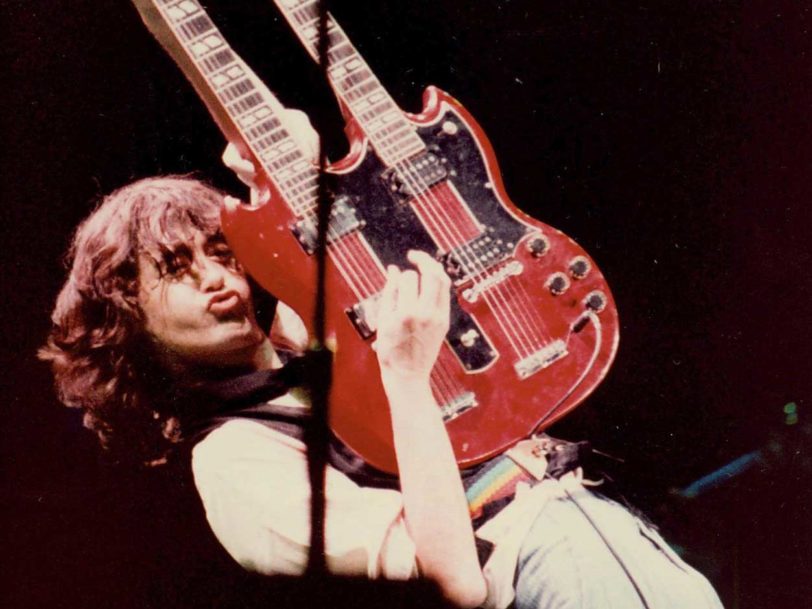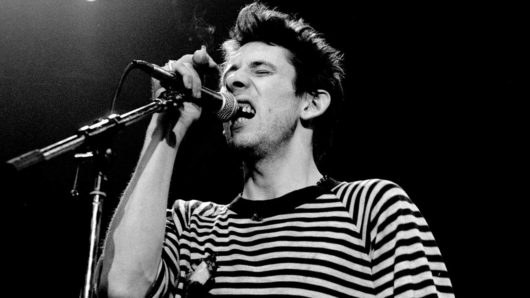A guitar riff is essentially a repeated sequence of notes or chords, but a really great one can elevate a good song into something that transcends time. It’s not always about virtuosity, either; a great riff can be very simple, but if it’s catchy and accessible enough it can speak volumes and truly stir the soul. So, in tribute to the six-string heroes who have changed the course of rock and pop music, we throw some shapes to the 20 best guitar riffs of all time.
Listen to our Rock Classics playlist here, and check out our pick of the best guitar riffs, below.
20: Green Day: When I Come Around (1994)
Green Day’s breakthrough album, Dookie, was chock-full of radio-friendly punk-pop anthems, and frontman Billie Joe Armstrong’s neat guitar riffs played a major role in the record’s success. One of its numerous highlights, When I Come Around, followed the group’s previous US No.1s, Longview and Basket Case, to the top of the US charts, and it arguably featured Armstrong’s sharpest, hookiest riff of all. Indeed, the idea that the song is powered by one of rock’s best guitar riffs is further reinforced when you discover that When I Come Around remained Green Day’s highest-charting radio single until Boulevard Of Broken Dreams finally swiped its crown a whole decade later.




